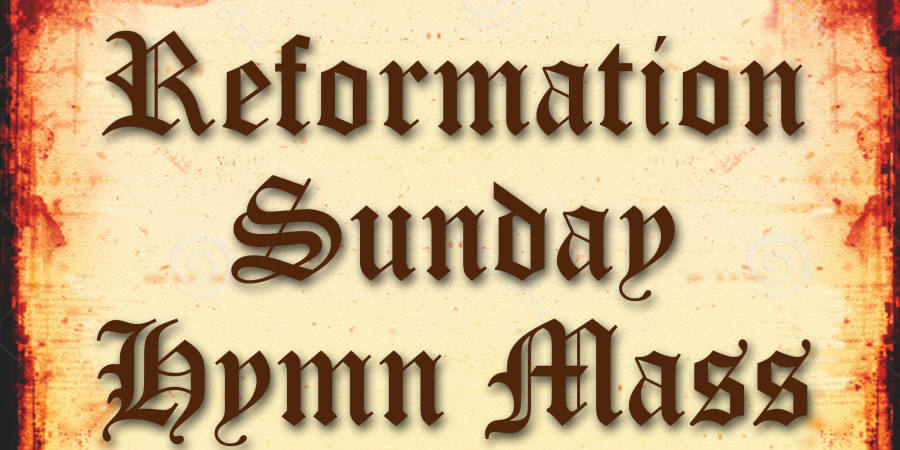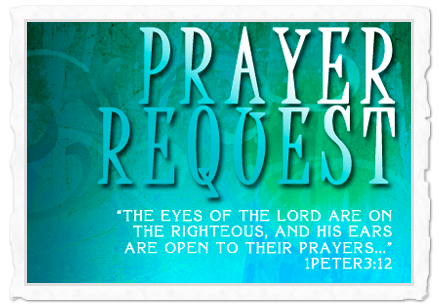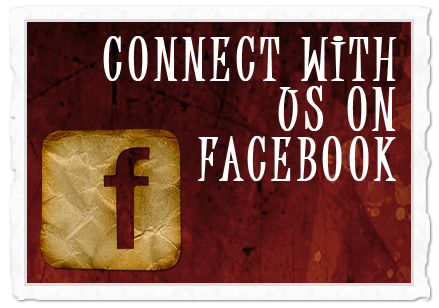Reformation Day is considered a lesser festival in the Lutheran tradition. Until the 1900s, most Lutheran churches celebrated Reformation Day on October 31. Today, most Lutheran churches transfer the festival so that it falls on the Sunday on or before October 31 and the Feast of All Saints to the Sunday on or after November 1.
The liturgical color for Reformation Day is red, which represents the Holy Spirit and the Martyrs of the Christian Church. For All Saints’ Sunday, it is white, which represents purity and holiness.
Reformation Day commemorates the date that Martin Luther posted his list of grievances against the Roman Catholic Church on the town church doors in 1517. It coincides with Halloween, previously known as All Hallows’ Eve, and is the night before All Saints’ Day. All Saints’ Day was a “holy day of obligation”, a day that you were required to go to church, and so posting his concerns, the 95 Theses (sentences) on the church door was a way for Martin Luther to have everyone see them as they arrived for worship the next day. It was especially appropriate, because All Saints’ Day was a day to remember those who had died and to pray for their immortal souls.
One of Martin Luther’s chief complaints against the church was the selling of indulgences, certificates that were paid for and then said to reduce the debt owed for sin by people at their death. Before long, Martin Luther was considered a threat to the church. He was ruled an outlaw and a heretic.
Until the Reformation movement, called that because Martin Luther and his followers had not intended to split off from the church, but to bring reform to it, the Roman Catholic Church was the only Christian church in Germany and the rest of western Europe.
Eventually, several new Protestant faith groups were formed, all classified together by the term Protestant because they were a result of their protests against the Roman Catholic Church of the day. Among these are the Methodists, Presbyterians, and Lutherans.
We use a Hymn Mass on Reformation Sunday because one of the other major reforms Martin Luther brought about was worship in the language of the people. Until that point, worship was a spectator experience, with the attendees standing throughout most of the service, while the priest chanted and spoke and even read scripture in Latin, even though none of the congregation understood it. The mass, worship, was offered on behalf of the people by the priest and they had no actual part in it.
Martin Luther translated the Bible into German so that everyday folks could read it. He also changed the style and format of worship so that the service included participation by the congregation members in their own language. One of the ways he accomplished this was by using familiar hymns as parts of the liturgy. Another was by writing music that was easy for people to learn and setting words to it to tell the stories of the Bible or get across lessons in theology or express either praise or petitions to God.
The Hymn Mass that Rush River Lutheran Church will use is based on many of the hymns that Martin Luther wrote.



